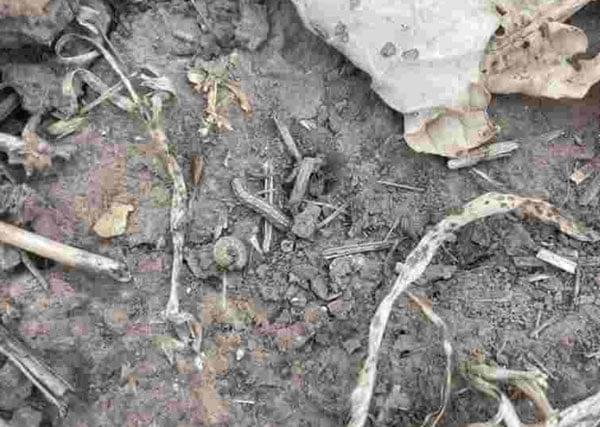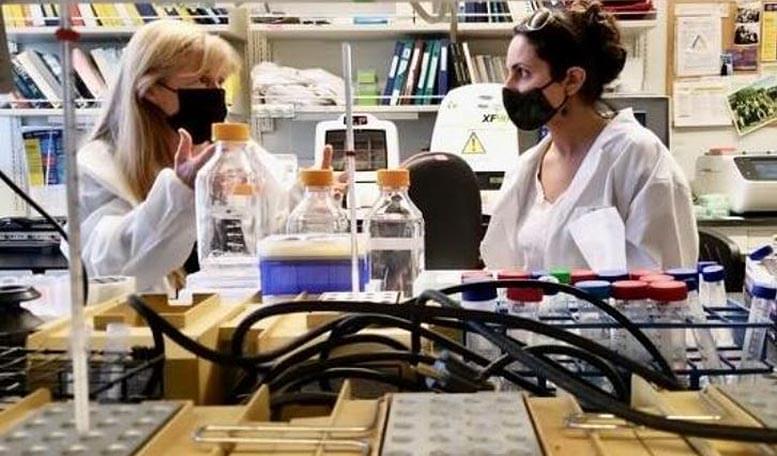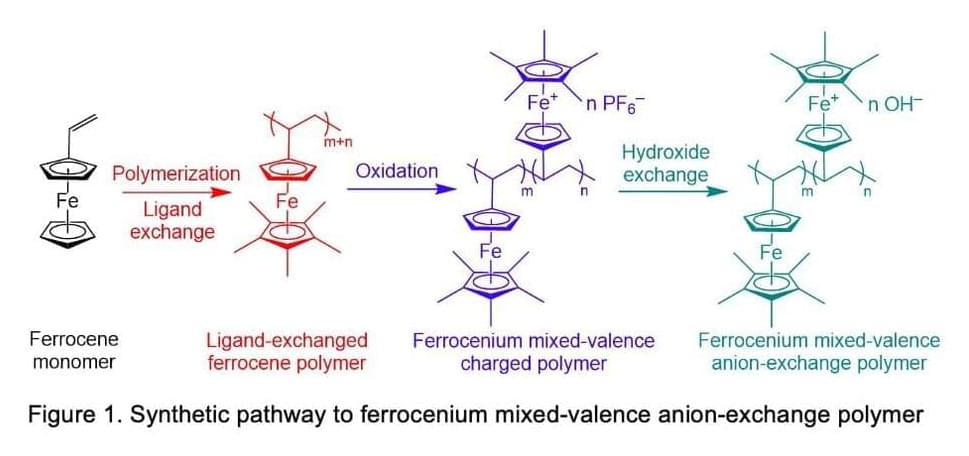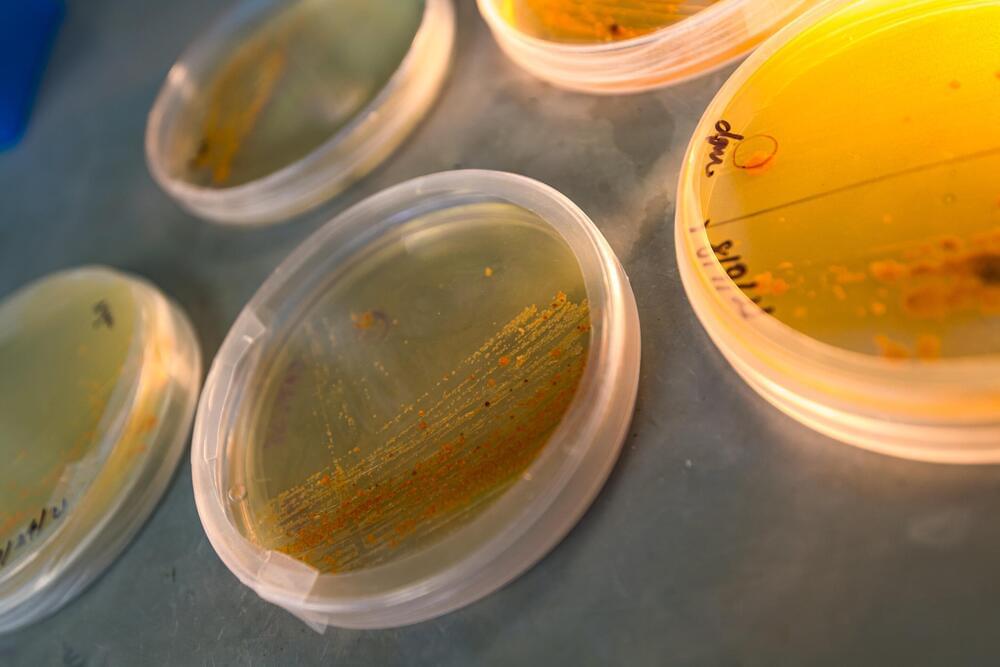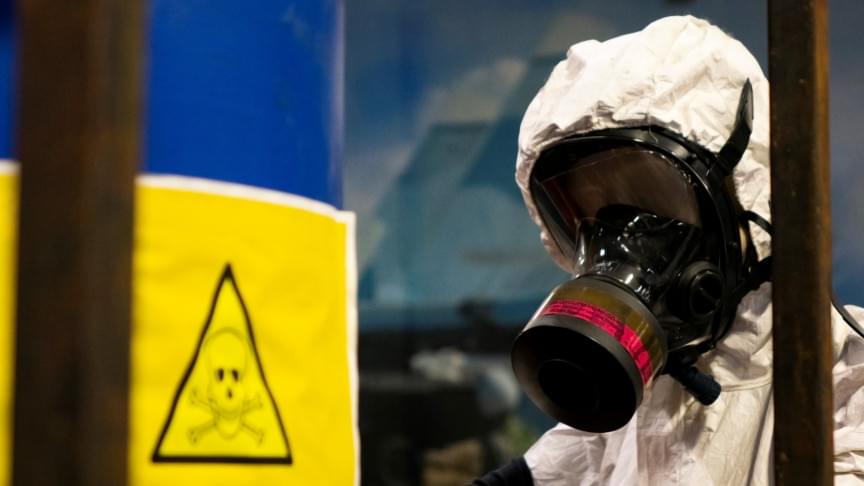Archive for the ‘chemistry’ category: Page 217
Mar 27, 2022
Italian scientists hacked pizza physics to make dough without yeast
Posted by Omuterema Akhahenda in categories: chemistry, cybercrime/malcode, food, physics
Ernesto Di Maio is severely allergic to the yeast in leavened foods. “I have to go somewhere and hide because I will be fully covered with bumps and bubbles on the whole body,” he says. “It’s really brutal.”
Di Maio is a materials scientist at the University of Naples Federico II where he studies the formation of bubbles in polymers like polyurethane. He’s had to swear off bread and pizza, which can make outings in Italy a touch awkward. “It’s quite hard in Naples not to eat pizza,” he explains. “People would say, ‘Don’t you like pizza? Why are you having pasta? That’s strange.’”
So Di Maio put Iaccarino and another graduate student, Pietro Avallone, to work on a project to make pizza dough without yeast. The results of this scientific and culinary experiment are published in Tuesday’s edition of Physics of Fluids. Di Maio pulled in another colleague: chemical engineer Rossana Pasquino who studies the flow of materials, everything from toothpaste to ketchup to plastics. “Pizza [dough] is a funny material,” she explains, “because it flows, but it has to be also like rubber. It has to be elastic enough [when it’s cooked] to be perfect when you eat it.” — I had to post this because I love Pizza.
Continue reading “Italian scientists hacked pizza physics to make dough without yeast” »
Mar 26, 2022
Army Cutworm Reaching Treatment Thresholds in Kansas Winter Canola
Posted by Shubham Ghosh Roy in categories: chemistry, economics
With the onset of warmer temperatures, winter canola is breaking dormancy and army cutworms are now present in fields across Kansas. Significant army cutworm pressure has been observed in fields northwest of Caldwell in Sumner County.
Army cutworms feed aggressively and significant damage can occur in a short period of time. Smaller plants are most susceptible. The larvae feed on the leaf tissue, leaving the plants with a fed-on appearance (Figure 2). When minor feeding is observed, you may find leaves severed from the plant and laying on the soil surface. Where infestations are high, army cutworms will remove all leaf tissue, leaving only the base of the stem (Figure 3).
The economic threshold for chemical control is 1–2 cutworms per foot of row. Army cutworms behave nocturnally and typically spend the daylight hours below ground. When scouting, it is critical to dig in the soil around individual canola plants to find the larvae. However, it is not unusual to find army cutworm above ground when populations are high (Figure 1). The larvae are greenish-gray and often curl up into a C-shape.
Mar 25, 2022
Scientists develop a novel strategy for sustainable post-lithium-ion batteries
Posted by Jamal Simpson in categories: chemistry, sustainability, transportation
Scientists astounded by performance of sustainable batteries with far-reaching implications for e-vehicles and devices.
Researchers at Bristol have developed high-performance sodium and potassium ion batteries using sustainably sourced cellulose.
Scientists at the Bristol Composites Institute have developed a novel controllable unidirectional ice-templating strategy which can tailor the electrochemical performances of next-generation post-lithium-ion batteries with sustainability and large-scale availability. The paper is published in the journal Advanced Functional Materials.
Mar 25, 2022
AI-Designed Protein Can Awaken Silenced Genes, One
Posted by Kelvin Dafiaghor in categories: biotech/medical, chemistry, life extension, robotics/AI
Technique allows researchers to toggle on individual genes that regulate cell growth, development, and function.
By combining CRISPR technology with a protein designed with artificial intelligence, it is possible to awaken individual dormant genes by disabling the chemical “off switches” that silence them. Researchers from the University of Washington School of Medicine in Seattle describe this finding in the journal Cell Reports.
The approach will allow researchers to understand the role individual genes play in normal cell growth and development, in aging, and in such diseases as cancer, said Shiri Levy, a postdoctoral fellow in UW Institute for Stem Cell and Regenerative Medicine (ISCRM) and the lead author of the paper.
Mar 22, 2022
New ferrocenium-based anion-exchange membranes for fuel cells
Posted by Shubham Ghosh Roy in categories: chemistry, energy
Anion exchange membranes (AEMs) are semipermeable fuel cell components that can conduct anions but reject cations and gases. This enables the partition of substances that could chemically react with one another, thus allowing the cells to operate properly.
A team of researchers at Tianjin University in China have recently developed new types of AEMs that are based on a newly designed ferrocenium material. Their membranes, presented in a paper published in Nature Energy, were found to achieve highly promising results in terms of power output, durability, and ohmic resistance.
“As the oriented mixed-valence ferrocenium material developed in our study is entirely new for the AEM field, we encountered many difficulties and frustrations along the way,” Michael D. Guiver, one of the researchers who carried out the study, told TechXplore. “We spent a long research period and much effort, both experimentally and theoretically, to achieve these good outcomes. The whole process from initial conceptualization to final publication was convoluted, but fortunately successful.”
Mar 22, 2022
Making wooden construction materials fire-resistant with an eco-friendly coating
Posted by Shubham Ghosh Roy in categories: chemistry, habitats
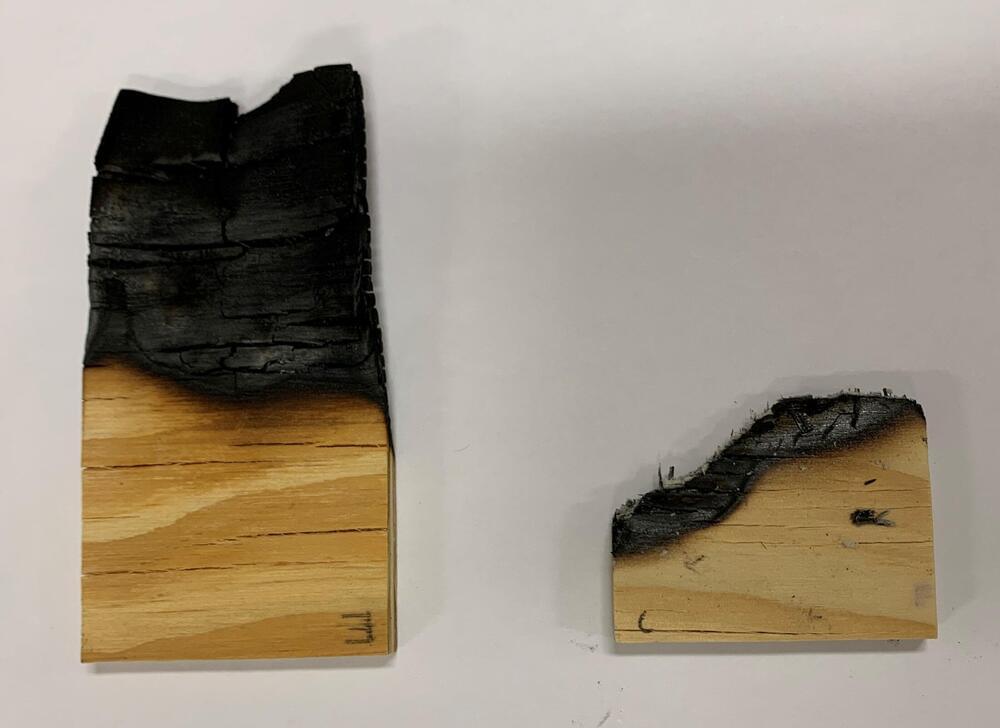
Devastating residential blazes and wildfires take a terrible toll in terms of deaths and injuries, as well as property loss. Today, researchers will report on a new type of coating that could limit the flammability of wood used in construction, potentially providing more time to escape fires and also curbing their spread. The environmentally friendly flame retardant could also be used for other flammable materials, such as textiles, polyurethane foam and 3D-printed parts.
The researchers will present their results today at the spring meeting of the American Chemical Society (ACS).
Mar 22, 2022
Dr. Emilio Emini, Ph.D. — CEO — Bill & Melinda Gates Medical Research Institute
Posted by Ira S. Pastor in categories: biotech/medical, chemistry, genetics, health
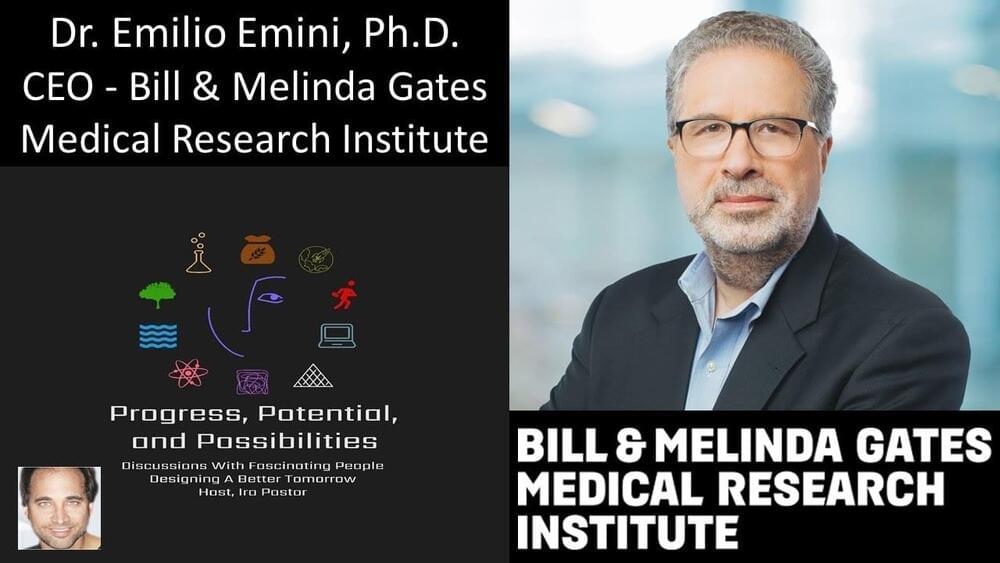
Biomedical Interventions For Substantial Global Health Concerns — Dr. Emilio Emini, Ph.D., CEO, Bill & Melinda Gates Medical Research Institute
Dr. Emilio A. Emini, Ph.D. is the CEO of the Bill & Melinda Gates Medical Research Institute (https://www.gatesmri.org/), a non-profit organization dedicated to the development and effective use of novel biomedical interventions addressing substantial global health concerns, for which investment incentives are limited, and he leads the Institute’s research and development of novel products and interventions for diseases disproportionately impacting the world’s most vulnerable populations.
Continue reading “Dr. Emilio Emini, Ph.D. — CEO — Bill & Melinda Gates Medical Research Institute” »
Mar 22, 2022
Scientists discover how molecule becomes anticancer weapon
Posted by Genevieve Klien in categories: biotech/medical, chemistry, neuroscience
Years of toil in the laboratory have revealed how a marine bacterium makes a potent anti-cancer molecule.
The anti-cancer molecule salinosporamide A, also called Marizomb, is in Phase III clinical trials to treat glioblastoma, a brain cancer. Scientists now for the first time understand the enzyme-driven process that activates the molecule.
Researchers at UC San Diego’s Scripps Institution of Oceanography found that an enzyme called SalC assembles what the team calls the salinosporamide anti-cancer “warhead.” Scripps graduate student Katherine Bauman is the lead author of a paper that explains the assembly process in the March 21 issue of Nature Chemical Biology.
Mar 21, 2022
An artificial intelligence invents 40,000 chemical weapons in just 6 hours
Posted by Gemechu Taye in categories: biotech/medical, chemistry, health, information science, military, robotics/AI
A.I. is only beginning to show what it can do for modern medicine.
In today’s society, artificial intelligence (A.I.) is mostly used for good. But what if it was not?
Naive thinking “The thought had never previously struck us. We were vaguely aware of security concerns around work with pathogens or toxic chemicals, but that did not relate to us; we primarily operate in a virtual setting. Our work is rooted in building machine learning models for therapeutic and toxic targets to better assist in the design of new molecules for drug discovery,” wrote the researchers in their paper. “We have spent decades using computers and A.I. to improve human health—not to degrade it. We were naive in thinking about the potential misuse of our trade, as our aim had always been to avoid molecular features that could interfere with the many different classes of proteins essential to human life.”
Continue reading “An artificial intelligence invents 40,000 chemical weapons in just 6 hours” »


